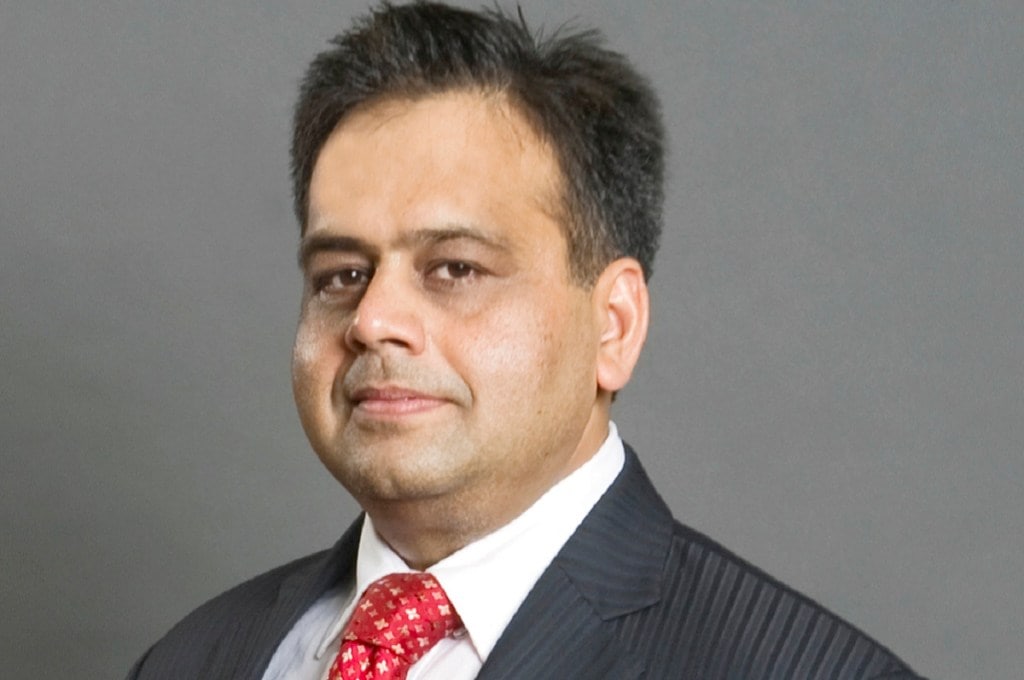While the winter season brings in more sales for Liberty Shoes, the brand expects to grow by 10-15 per cent this summer season. In an exclusive interaction with FinancialExpress.com, Anupam Bansal, Director – Retail, Liberty Shoes, said, “Typically in value terms, winters contribute to almost 55-60 per cent and summers contribute to 40-45 per cent since open footwears are priced much lower than the close footwears.” The brand has witnessed about 20 per cent growth this year. In terms of the most popular categories at Liberty Shoes, Bansal said that while the sports and athleisure category contributes to almost 25 per cent sales, school shoes has witnessed a spike in the last quarter and it contributes to around 20-25 per cent of the business. Here are edited excerpts from the interview:
How is the company performing currently and what is your outlook for this fiscal?
There’s a huge focus on upgrading manufacturing facilities, more focus on production and less focus on import. Those are the factors on which we are working upon. I think the economy is coming back to normal now. While during covid times, we were majorly focusing on cutting cost and the other similar factors, now we are going back to normal so we are working towards getting more into action. The growth has been about 20 per cent this year while the exact figures of the financial year will be disclosed soon. For the next year, I see a good robust growth.
How are you optimising the prices and reducing costs at Liberty Shoes? How are margins being affected due to rising costs?
While the economy is inflationary, you can’t really focus on pricing, on the purchase side or on the selling side. At the same time, we know that the disposable income is not really going up so you play a dual strategy. For certain brands, you make a premium position and for a few brands, you really need to focus on the value proposition. So you kind of distribute your margins in different parts and you can’t have a similar strategy for all the products. Our idea would be to focus on certain core categories to increase the volume and reduce the cost.
Last year, the inflation component was high where the price hike was taken and the hike was at an average of 10 per cent. But I think this year will be more stable and we have neither visualized nor planned any price hike.
What were the most sold product categories this year?
Two categories that are going great at the moment are sports and athleisure contributing to almost 25 per cent sales; school shoes have witnessed a spike in the last quarter and it contributes to around 20-25 per cent of the business. Rest all the categories like formals, women’s wear and others have their own share.
Do you witness any surge in sales during the summer seasons? By what percentage?
Typically in value terms, winters contribute to almost 55-60 per cent and summers contribute to 40-45 per cent since open footwears are priced much lower than the close footwears. This summer season, I am expecting to grow by 10-15 per cent.
Tell us about your manufacturing facilities. What percentage of your products are outsourced and what are manufactured in-house?
We produce almost 35,000 to 40,000 pairs everyday. Within our plant, almost 80-85 per cent production happens in-house. Rest of the production is evenly distributed between outsourcing. And in that, about 30 per cent comes from imports. However, it is on the reducing trend right now because our dependence on the outsource economy is reducing drastically. Focus is more on ‘Make in India’ and ‘Atmanirbhar Bharat’.
Listen to the complete interaction here:
Tell us about your current retail presence and your expansion plans in India, for this fiscal
Currently, we run about 450 EBOs and have a presence on multi-brand stores and online stores. During Covid, a lot of retail expansions were on halt and many stores in malls were shut, we are back into the expansion space and are trying to open almost 50-100 stores year-on-year. On an average, we set aside almost Rs 10-15 crore on-year for capital expenditure.
What percentage of your sales come from offline retail channels as compared to online channels?
Currently, we are running about 20 per cent of sales from online channels and 80 per cent form offline retail channels. In terms of regions, almost 65 per cent of the business comes from North India, about 15 per cent from South India, and almost 5 per cent from central India. Eastern and western regions are our lower zones, comparatively.

